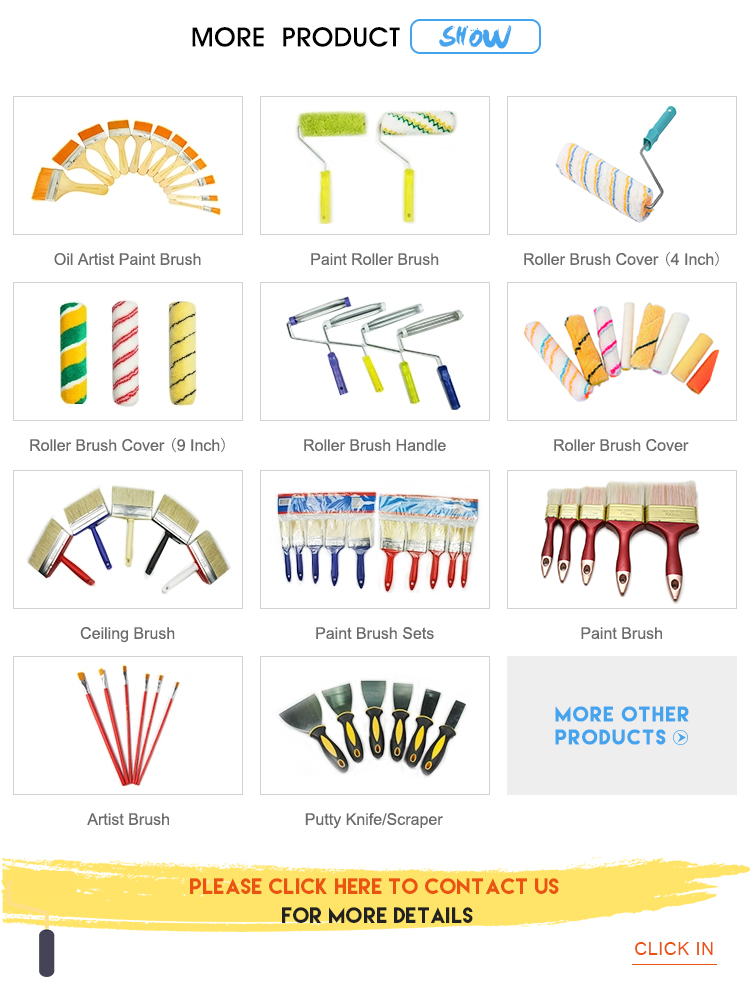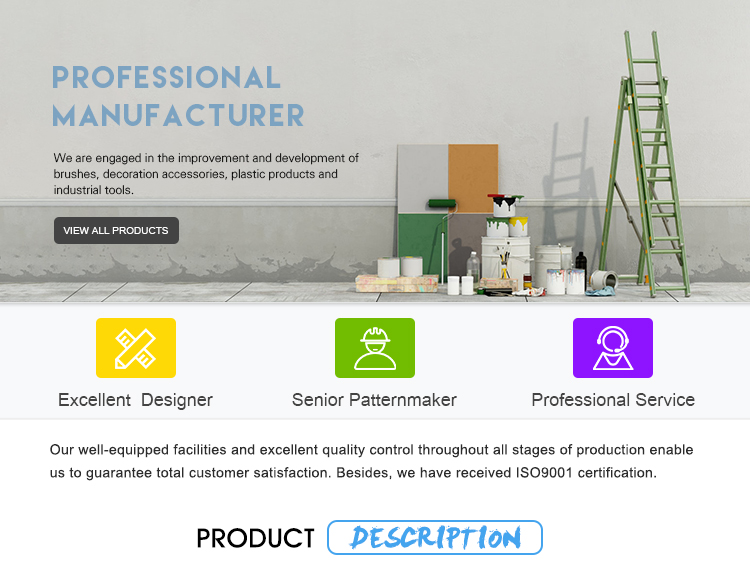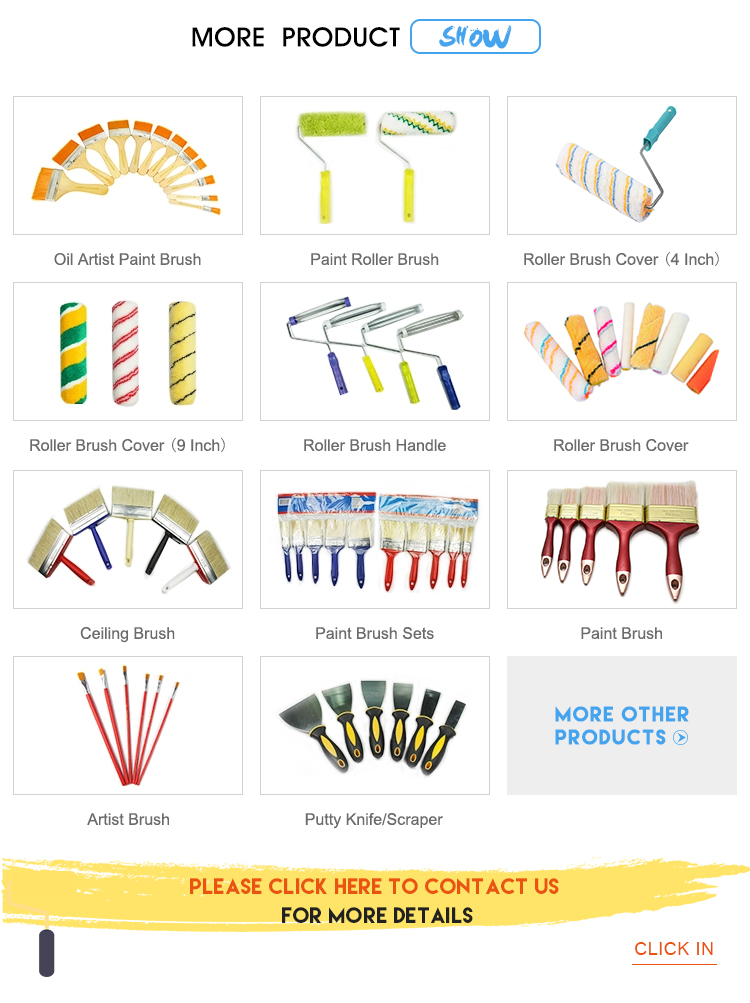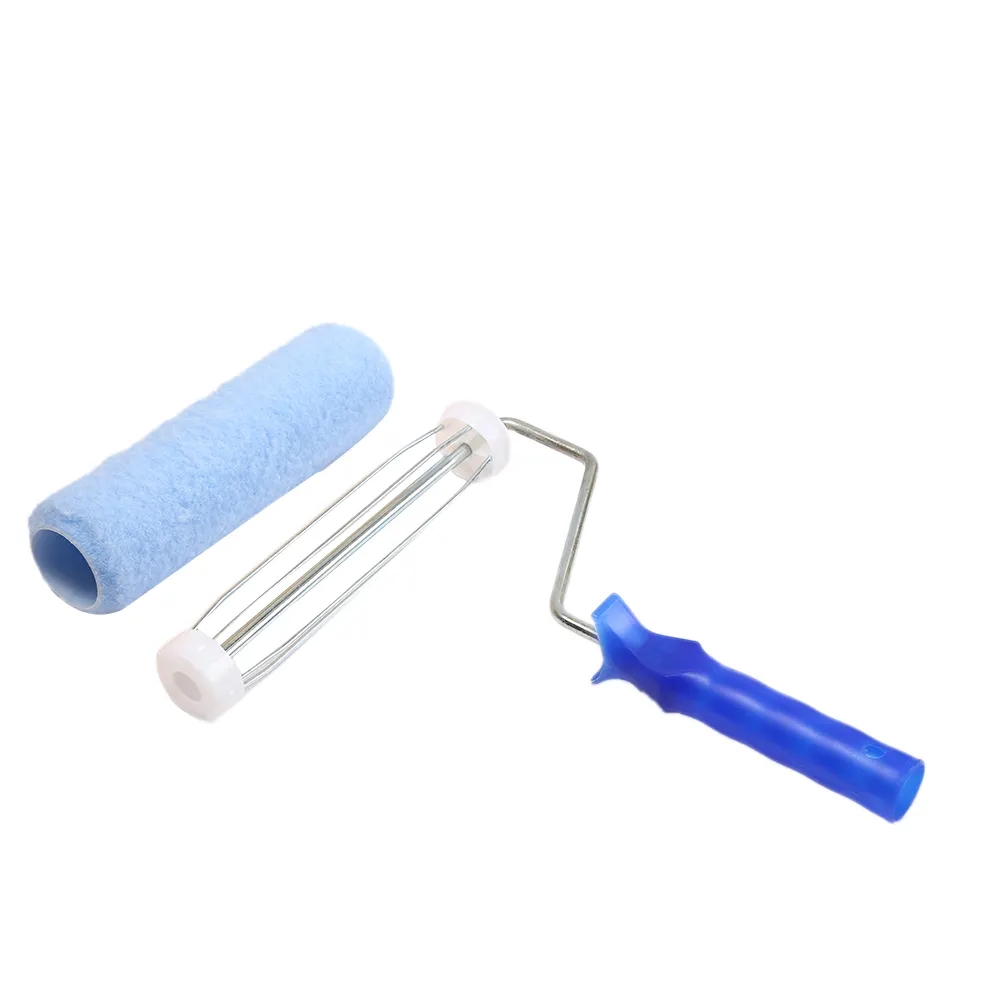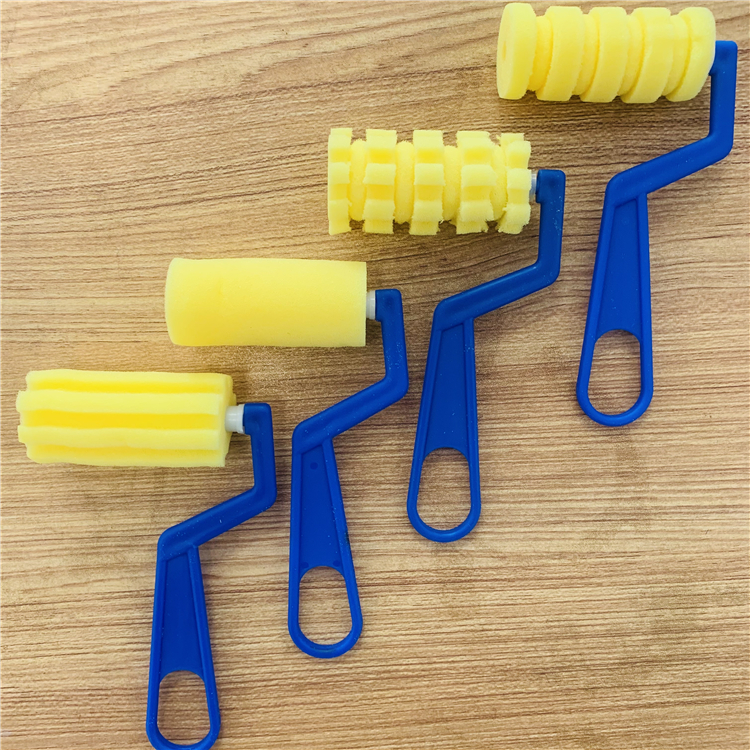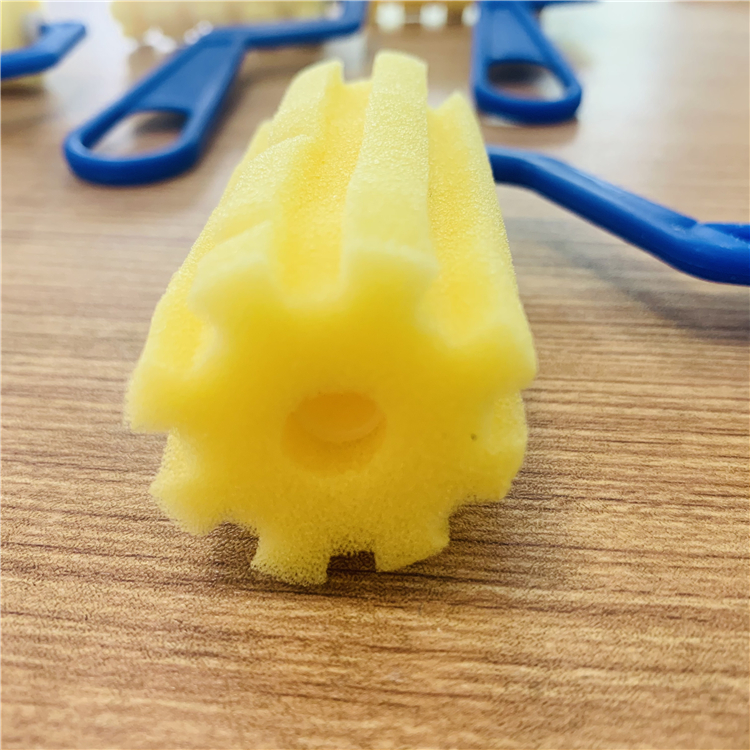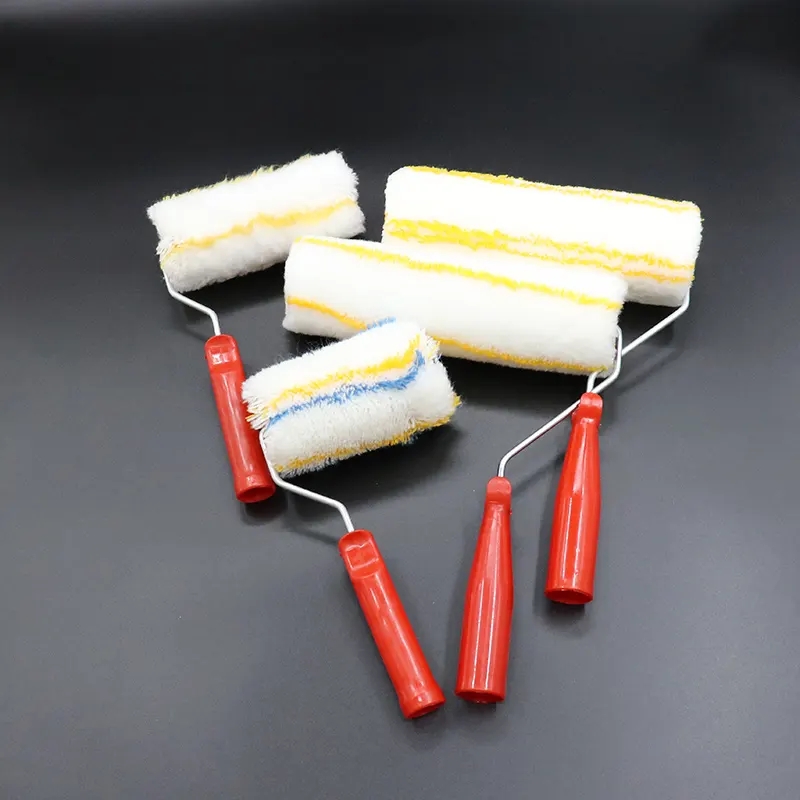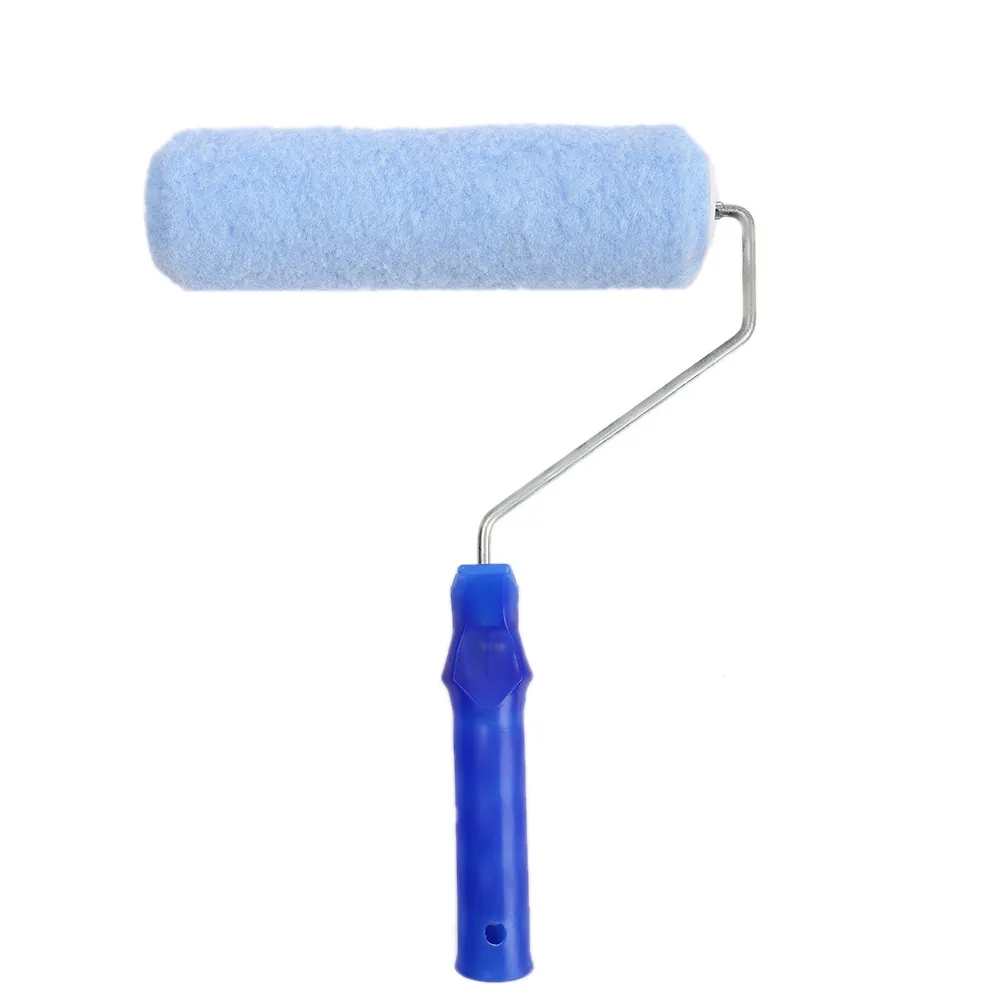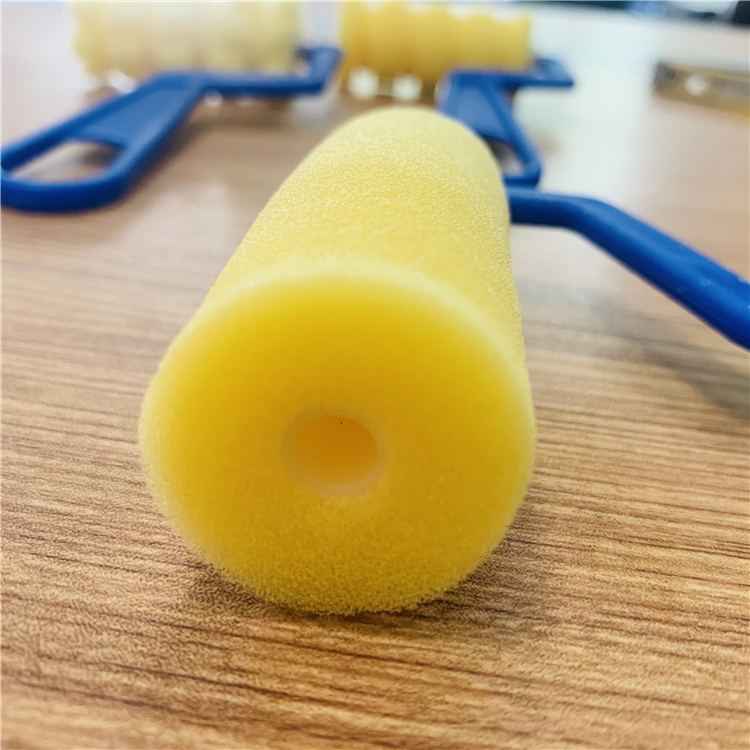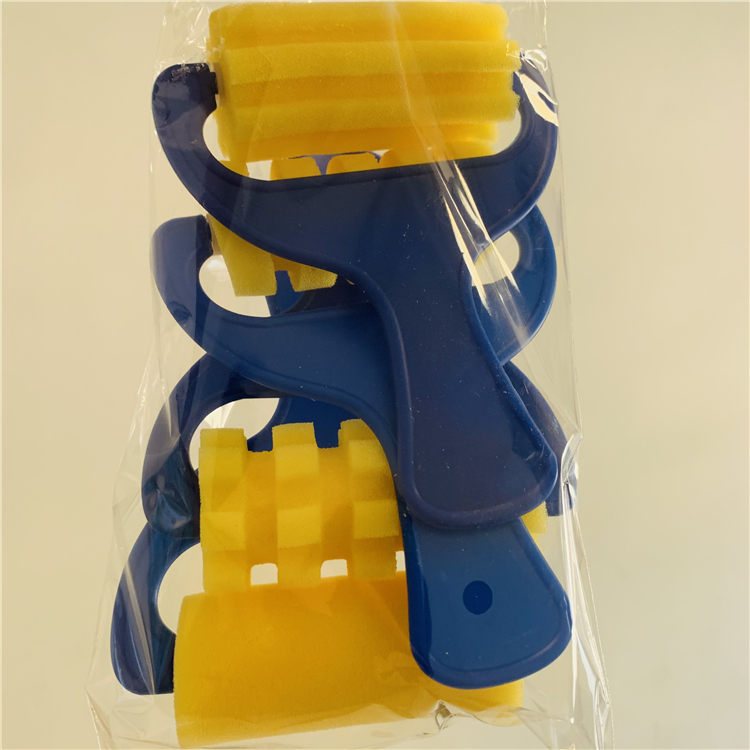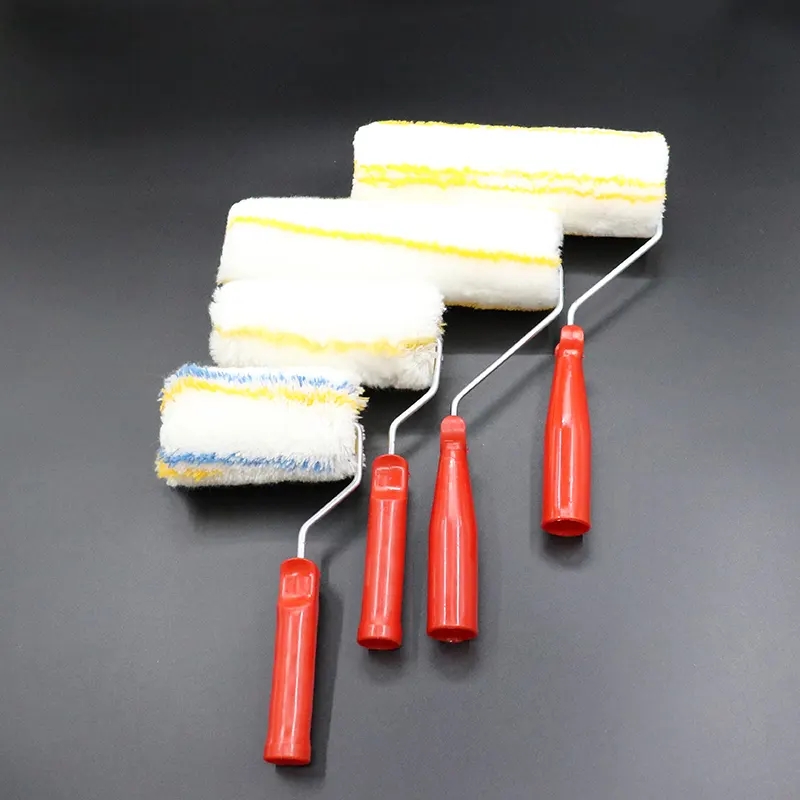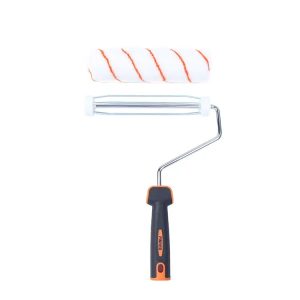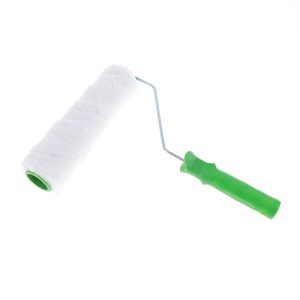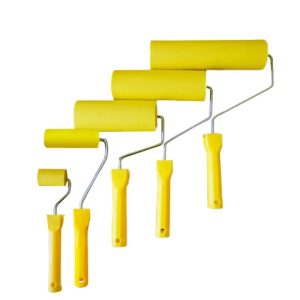Roller brushes, also known as paint rollers, are widely used in painting and coating applications due to their efficiency and ease of use. They offer several benefits that make them a popular choice for both DIY enthusiasts and professional painters:
- Speed and Efficiency: Roller brushes cover larger surface areas quickly, allowing for faster painting compared to using traditional brushes. This is especially advantageous when painting walls, ceilings, or other large flat surfaces.
- Uniform Coverage: Roller brushes create a smooth and consistent layer of paint, minimizing streaks and uneven patches. This helps achieve a professional finish, especially when working with flat or slightly textured surfaces.
- Time-Saving: The broad surface area of roller brushes means you can apply a significant amount of paint with each stroke, reducing the number of times you need to dip into the paint tray. This saves time and effort during the painting process.
- Easy to Use: Roller brushes are simple to handle and require minimal technique, making them suitable for beginners. The rolling motion is intuitive and less likely to result in drips or splatters.
- Versatility: Roller brushes can be used with a variety of paint types, including latex, acrylic, oil-based, and even specialty coatings. They work well on walls, ceilings, floors, and other large, flat surfaces.
- Adaptable to Textured Surfaces: Some roller brushes have different nap lengths (the thickness of the fibers) that make them suitable for various surface textures. Short-nap rollers are ideal for smooth surfaces, while long-nap rollers work better on textured walls.
- Reduced Brush Marks: Roller brushes typically produce fewer brush marks compared to traditional brushes, contributing to a more even and attractive finish.
- Cost-Effective: Roller brushes are relatively inexpensive and can be reused with proper cleaning and care, making them a cost-effective choice for both DIY projects and professional painters.
- Ergonomic Design: Many roller handles are designed for comfort and ease of use, which reduces hand fatigue during extended painting sessions.
- Consistent Pressure: The design of a roller brush’s frame and handle ensures consistent pressure on the surface, resulting in an even application of paint.
- Easy Cleanup: Roller brushes are easier to clean compared to some types of brushes. After use, you can remove excess paint, wash the roller cover with water (for water-based paints), and reuse it if desired.
- Extensions for Hard-to-Reach Areas: Roller brushes often come with extension handles that allow you to paint high or hard-to-reach areas without the need for ladders or scaffolding.
While roller brushes offer many benefits, it’s important to choose the right type of roller cover (the removable part that holds the paint) and handle for your specific painting project to ensure optimal results.
Drum brushes, used in music to play percussion instruments like drums and cymbals, come in various packaging methods to suit different preferences and needs. Here are some common packaging methods for drum brushes:
- Individual Packaging: Drum brushes can be packaged individually in a plastic sleeve or cardboard box. This packaging method is simple and allows customers to easily see and inspect the brush before purchase. It’s a common method for higher-end brushes that may come with additional features or custom designs.
- Pairs: Some drum brushes are sold in pairs, especially those designed for specific drumming techniques or playing styles. Pairs of brushes are often packaged in a single plastic sleeve or cardboard box, making it easy to buy a set for both hands.
- Combo Packs: Manufacturers sometimes package different types of drum brushes together as a combo pack. This could include a combination of brushes with different bristle types, lengths, or handle designs. Combo packs offer drummers the opportunity to experiment with different brush styles for various sounds and effects.
- Drum Stick Bag or Case: Higher-quality drum brushes might come packaged in a drum stick bag or case. This type of packaging not only provides a convenient way to store the brushes but also protects them from damage during transport.
- Hang Tags: Some brushes are packaged with a hang tag that includes information about the brush’s features, materials, and recommended uses. The hang tag allows the brushes to be displayed on pegs or hooks in music stores.
- Blister Packs: Blister packs are clear plastic packages that tightly encase the drum brushes, making them visible while keeping them secure. This type of packaging is often used for brushes at lower price points.
- Cardboard Tubes: Brushes can also be packaged in cylindrical cardboard tubes. These tubes provide protection for the brushes and can be reused for storage when not in use.
- Transparent Tubes: Transparent plastic tubes or containers allow customers to see the brushes inside. This type of packaging can be appealing as it showcases the product while also protecting it.
- Eco-Friendly Packaging: As environmental concerns grow, some manufacturers opt for eco-friendly packaging materials, such as recycled cardboard or biodegradable plastics, to reduce their environmental impact.
The choice of packaging method can depend on factors like the brand’s image, the type of brushes being sold, and the preferences of the target market. Regardless of the packaging method, clear labeling and information about the brush’s features, materials, and recommended uses are important to help customers make informed decisions.
Roller brushes offer several advantages in various applications, including painting, cleaning, industrial processes, and more. Here are some of the key advantages of roller brushes:
- Efficiency: Roller brushes cover larger surface areas quickly, making them highly efficient for tasks that involve painting, cleaning, or applying coatings to large surfaces.
- Speed: Due to their wider coverage, roller brushes can significantly speed up tasks compared to using traditional brushes or other application methods, which is especially beneficial in time-sensitive projects.
- Uniform Coverage: Roller brushes provide consistent and even coverage, reducing the chances of streaks, uneven patches, or missed spots. This helps achieve a professional finish, particularly on flat or slightly textured surfaces.
- Ease of Use: Roller brushes are easy to use and require minimal skill or training. The rolling motion is intuitive and reduces the likelihood of drips and splatters that can occur with traditional brushes.
- Versatility: Roller brushes can be used with a variety of paints, coatings, and cleaning agents, making them versatile tools for different applications. They are suitable for walls, ceilings, floors, and other large, flat surfaces.
- Adaptability to Textured Surfaces: Roller brushes come with various nap lengths (fiber thickness), allowing them to adapt to different surface textures. Short-nap rollers work well on smooth surfaces, while long-nap rollers are better for textured or uneven surfaces.
- Reduced Brush Marks: Roller brushes tend to leave fewer brush marks compared to traditional brushes, leading to a smoother and more appealing finish.
- Consistent Pressure: The design of roller brushes ensures consistent pressure on the surface, resulting in an even application of paint, coating, or cleaning agent.
- Ergonomic Design: Many roller handles are designed for comfort, reducing hand fatigue during extended use. This makes them suitable for tasks that require a significant amount of time and effort.
- Easy Cleanup: Roller brushes are generally easier to clean compared to some other tools. After use, you can remove excess paint or cleaning solution, wash the roller cover, and reuse it with proper maintenance.
- Access to Hard-to-Reach Areas: Roller brushes often come with extension handles that allow you to reach high or difficult-to-access areas without needing ladders or scaffolding.
- Cost-Effective: Roller brushes are relatively affordable and can be reused if properly cared for, making them a cost-effective choice for both DIY projects and professional applications.
- Consistent Results: Roller brushes, when used correctly, produce consistent results with minimal variation, making them reliable tools for achieving the desired outcome.
Overall, roller brushes are valued for their efficiency, ease of use, and versatility, making them essential tools in various industries and for a wide range of projects.
